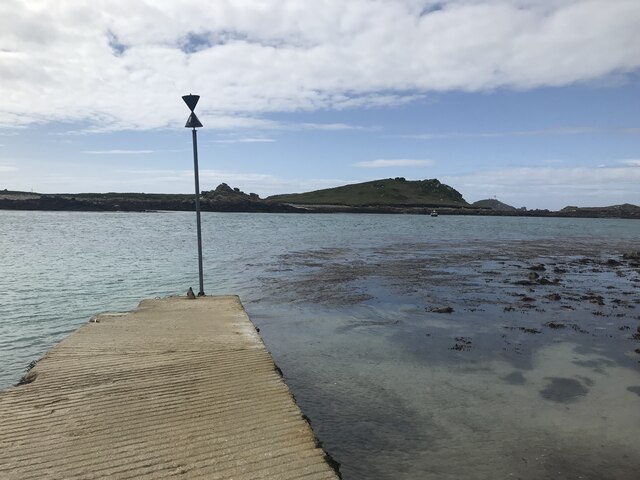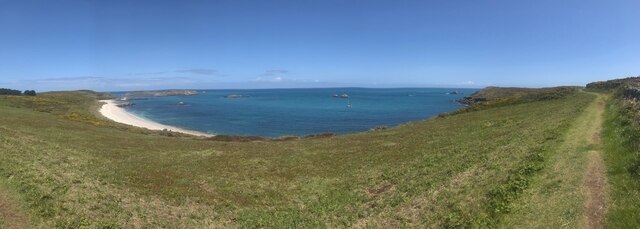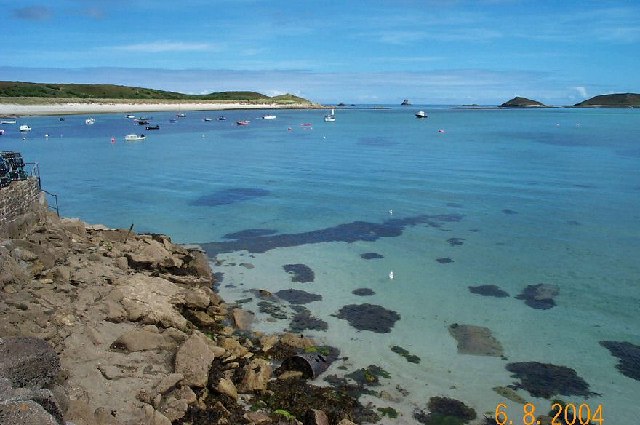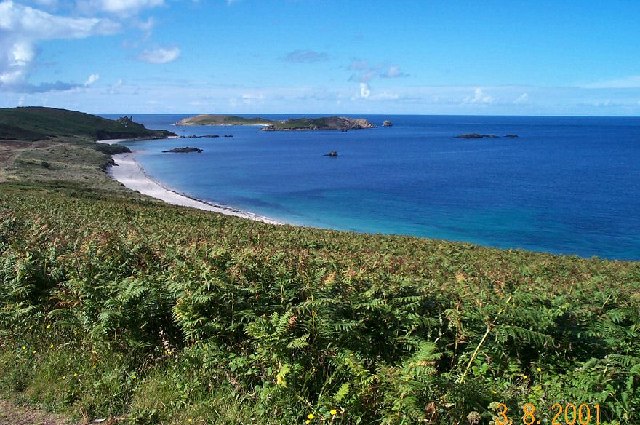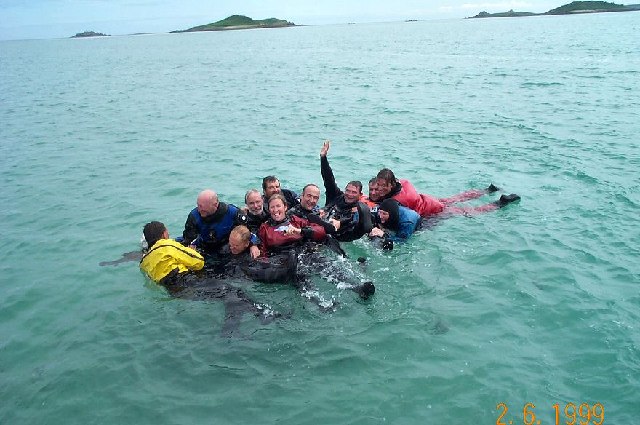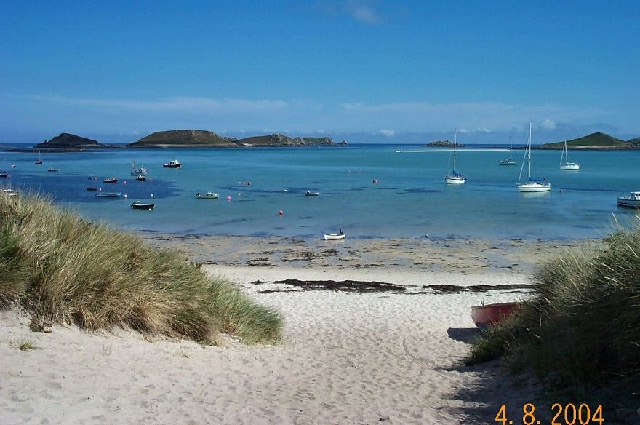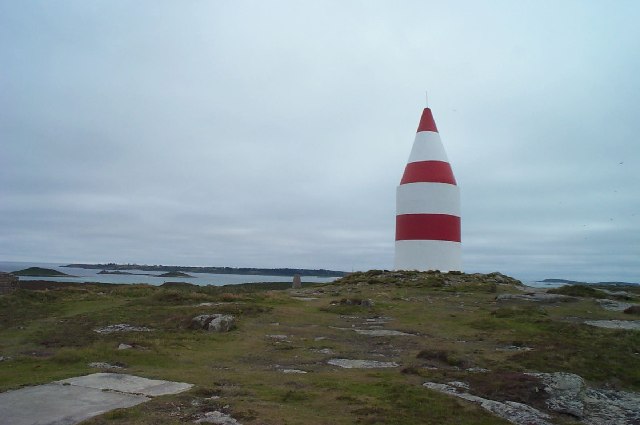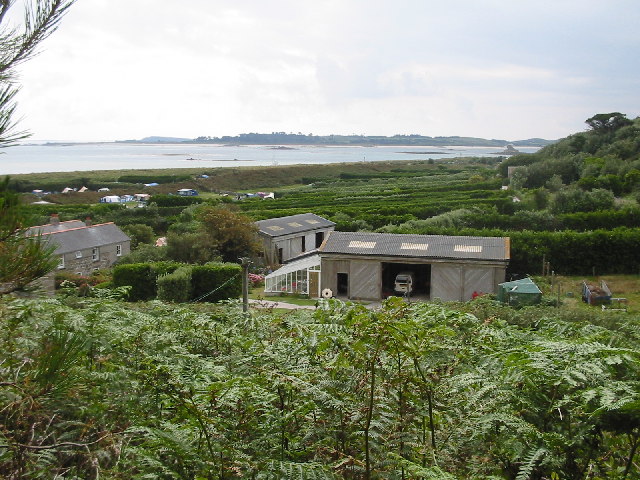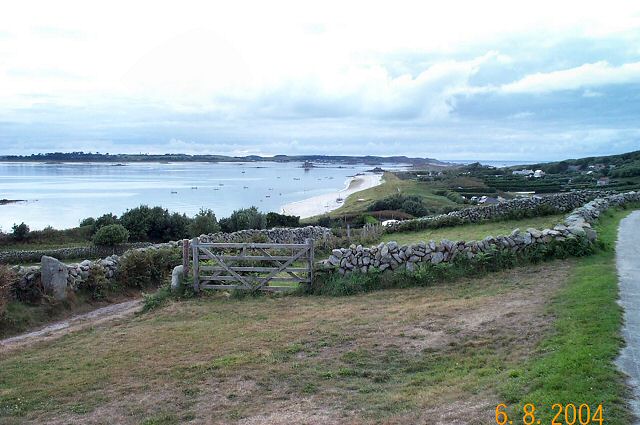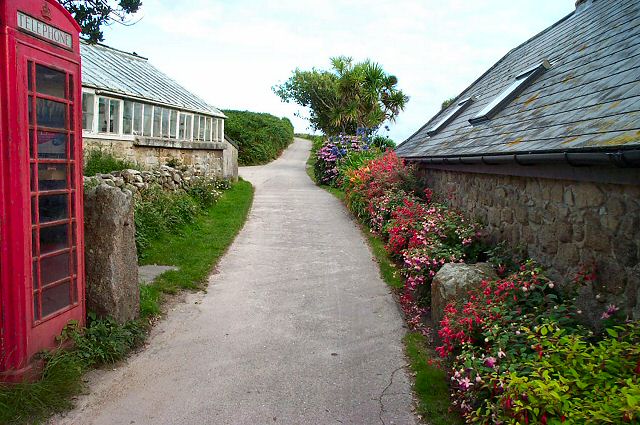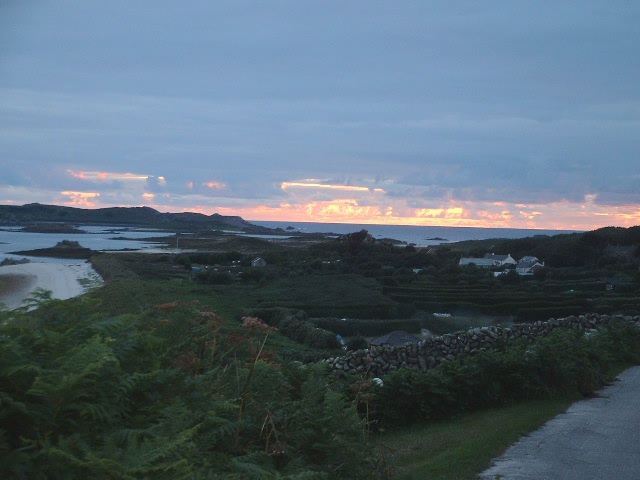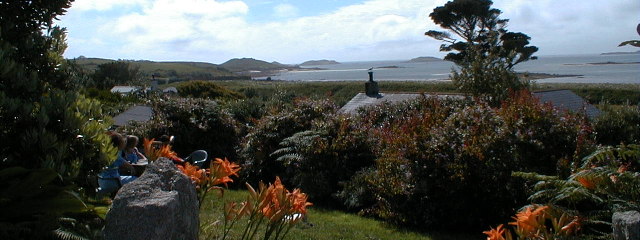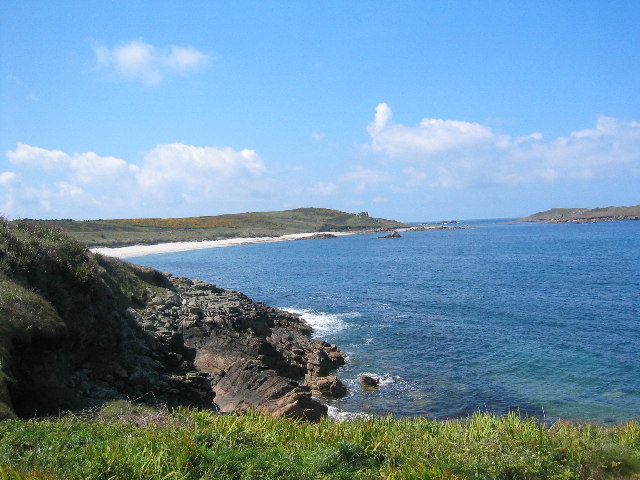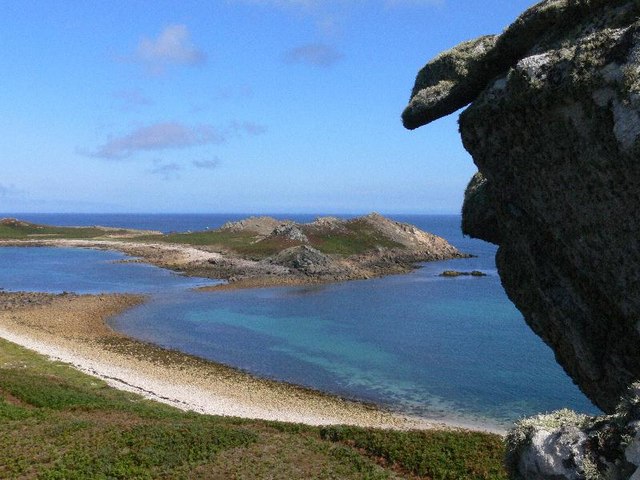Little Ledge
Coastal Feature, Headland, Point in Cornwall
England
Little Ledge
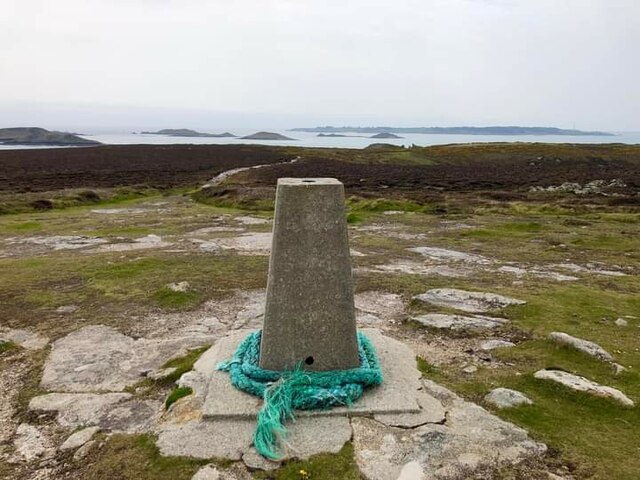
Little Ledge is a prominent coastal feature located in Cornwall, England. Situated along the rugged coastline, it is known for its dramatic cliffs, stunning views, and unique geological formations. This headland, also referred to as a point, juts out into the Atlantic Ocean and is a popular destination for both locals and tourists.
The cliffs of Little Ledge are composed of granite, which is a characteristic feature of the region. The ruggedness of the cliffs creates a picturesque landscape that is often captured in photographs and paintings. The headland offers breathtaking views of the surrounding sea, as well as the neighboring beaches and coves.
Due to its geographical location, Little Ledge is subjected to the powerful forces of the Atlantic Ocean. This has resulted in the formation of numerous caves and rock arches along the coastline. One of the most famous features is the Lovers' Arch, a natural archway that has become an iconic landmark.
The area surrounding Little Ledge is rich in biodiversity, with a variety of plant and animal species. Seabirds, including puffins and gannets, can often be spotted nesting on the cliffs. The coastal waters are also teeming with marine life, making it a popular spot for snorkeling and diving.
In addition to its natural beauty, Little Ledge has a rich cultural history. The headland has been inhabited for centuries, with evidence of ancient settlements and burial sites. The area also played a significant role in maritime history, with tales of shipwrecks and smuggling activities.
Overall, Little Ledge is a captivating coastal feature that combines stunning natural scenery with a rich cultural heritage. It offers visitors a unique opportunity to explore the rugged beauty of Cornwall's coastline and immerse themselves in its fascinating history.
If you have any feedback on the listing, please let us know in the comments section below.
Little Ledge Images
Images are sourced within 2km of 49.972866/-6.2893567 or Grid Reference SV9216. Thanks to Geograph Open Source API. All images are credited.
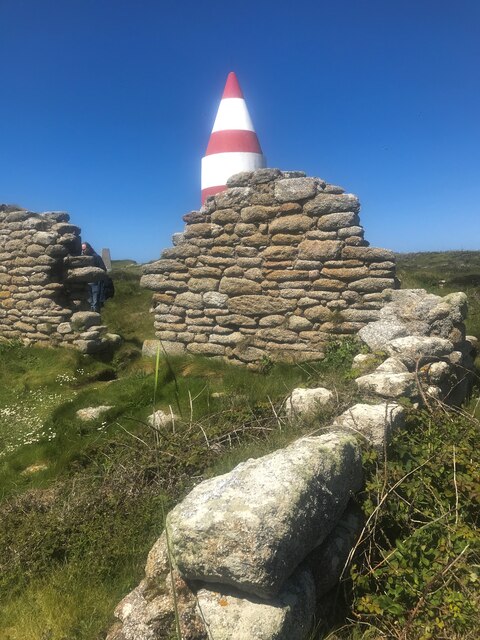
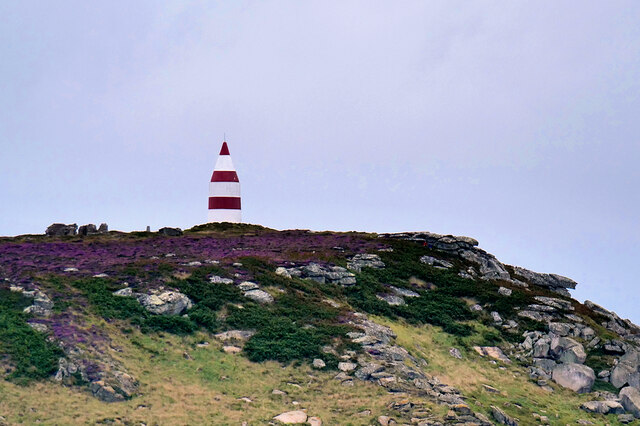
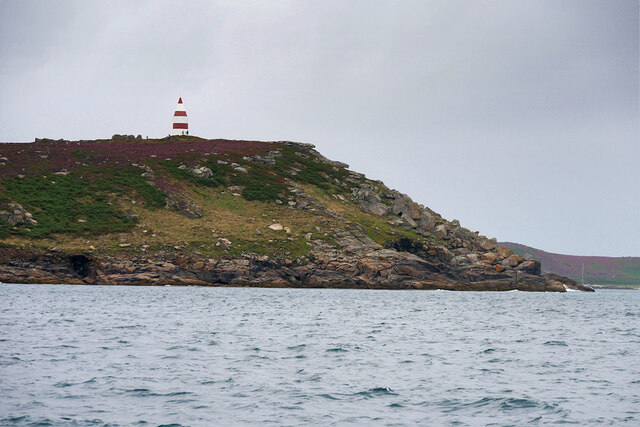
Little Ledge is located at Grid Ref: SV9216 (Lat: 49.972866, Lng: -6.2893567)
Division: Isles of Scilly
Unitary Authority: Isles of Scilly
Police Authority: Devon and Cornwall
What 3 Words
///acoustics.ends.tadpoles. Near St Martin's, Isles of Scilly
Related Wikis
White Island, Isles of Scilly
White Island (Cornish: Ar Nor, "facing the mainland" or Enys Wynn "white island" ) is one of the larger unpopulated islands of the Isles of Scilly, part...
Middle Town, St Martin's
Middle Town (Cornish: Tregres) is a small settlement on the island of St Martin's in the Isles of Scilly, England. It is situated slightly inland, approximately...
St Martin's, Isles of Scilly
St Martin's (Cornish: Brechiek, lit. 'dappled island') is the northernmost populated island of the Isles of Scilly, England, United Kingdom. It has an...
Lower Town, Isles of Scilly
Lower Town (Cornish: Trewoles) is the westernmost settlement on the island of St Martin's in the Isles of Scilly, England. One of the island's two quays...
St Martin's Church, St Martin's
St Martin's Church, St Martin's is a Grade II listed parish church in the Church of England located in St Martin's, Isles of Scilly, UK. == History... ==
Higher Town, Isles of Scilly
Higher Town (Cornish: Trewartha) is the easternmost and largest settlement on the island of St Martin's in the Isles of Scilly, England. It is situated...
St Martin's Methodist Church, Isles of Scilly
The Methodist Church, St Martin's, Isles of Scilly is a Grade II listed chapel in St Martin's, Isles of Scilly. == History == Bible Christians arrived...
Teän
Teän ( TEE-ən, sometimes written Tean without the diaeresis; Cornish: Enys Tian) is an uninhabited island to the north of the Isles of Scilly archipelago...
Nearby Amenities
Located within 500m of 49.972866,-6.2893567Have you been to Little Ledge?
Leave your review of Little Ledge below (or comments, questions and feedback).
